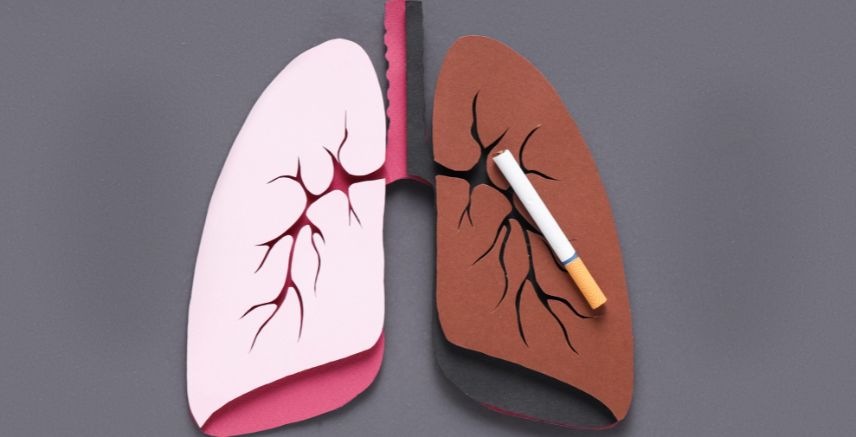What are Lung Cancer Triggers?
Lung cancer remains one of the leading causes of cancer-related death worldwide. While genetics play a role, environmental and lifestyle factors often tip the balance. By understanding the most potent lung cancer triggers, you can take informed steps to protect your respiratory health and reduce your risk.
Smoke Signals: The Impact of Tobacco Use
Smoking cigarettes is by far the most significant lung cancer trigger. Tobacco smoke contains over 7,000 chemicals, many of which are known carcinogens like benzene, formaldehyde and arsenic. When inhaled, these substances cause DNA mutations in lung tissue cells, leading to uncontrolled growth and tumor formation. Even light or occasional smoking raises the risk substantially.
Flavor Fumes: Vaping Risks Unveiled
Electronic cigarettes (e-cigarettes) and vaping devices were once marketed as a safe alternative to smoking. However, recent research indicates that vaporized flavoring agents and solvents can irritate lung tissue and introduce toxic compounds such as acrolein. Long-term effects are still under study, but current evidence links vaping to inflammation, impaired lung function and a potential increase in lung cancer triggers.
Related Search Topics (Ads)
Toxic Atmospheres: Air Pollution’s Role
Outdoor air pollution—especially fine particulate matter (PM2.5), nitrogen dioxide and sulfur dioxide—pose a hidden threat. These tiny particles penetrate deep into the lungs, causing chronic inflammation and oxidative stress. Studies by the World Health Organization show that long-term exposure to polluted air can increase lung cancer risk by up to 36%, even in non-smokers.
Dietary Dangers: High-processed Foods
At first glance, food might seem unrelated to lung health. Yet diets high in processed meats, sodium nitrate and artificial additives can generate carcinogenic nitrosamines in the body. Chronic consumption of ultra-processed foods also fuels systemic inflammation and weakens the immune system’s ability to detect and destroy abnormal cells, creating another pathway for lung cancer development. While more research is needed regarding the link between ultra-processed foods and lung cancer, maintaining a healthy, balanced diet is key for overall health.
Occupational Exposures: Harmful Workplace Carcinogens
Millions of workers around the globe encounter carcinogenic substances on the job. Asbestos, crystalline silica, diesel exhaust and certain metal dusts are notorious lung cancer triggers. Construction, mining, manufacturing and firefighting professions often have elevated risks. Employers must enforce safety protocols and provide protective gear to minimize inhalation of these toxic particles.
Stealthy Intruders: Radon Gas Exposure
Radon is a naturally occurring radioactive gas that seeps through soil and building foundations. Colorless and odorless, radon decays into radioactive particles that lodge in lung tissue when inhaled. Over time, this radiation damages DNA and increases lung cancer risk. The U.S. Environmental Protection Agency estimates radon contributes to about 21,000 lung cancer deaths annually in the United States.
Inherited Hazards: The Genetic Connection
While environmental triggers account for most lung cancers, inherited genetic mutations can heighten vulnerability. Variations in genes responsible for DNA repair, cell growth regulation and toxin metabolism may make certain individuals more susceptible to carcinogens. A detailed family history and, when appropriate, genetic testing can help identify high-risk individuals who should adopt more aggressive prevention strategies.
Putting the Pieces Together: Reducing Your Risk
Confronting lung cancer triggers starts with awareness and proactive choices. Quitting smoking and avoiding secondhand smoke are the most powerful steps. Reducing vaping, improving indoor air quality, choosing a diet rich in whole foods and testing for radon can further minimize exposure. If you work with hazardous materials, insist on proper ventilation and personal protective equipment. Finally, discuss genetic risks with your healthcare provider and schedule regular screenings if you have a family history of lung cancer.
By identifying and mitigating these worst lung cancer triggers, you take control of your lung health. Small changes can make a profound difference in reducing risk and improving overall well-being.

